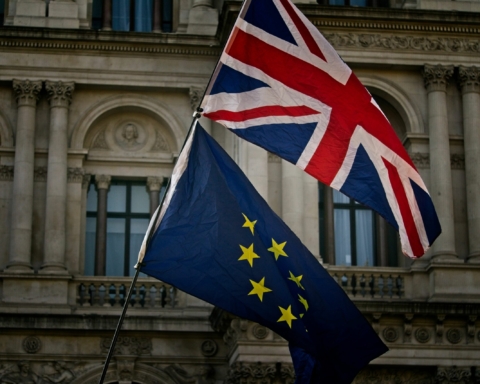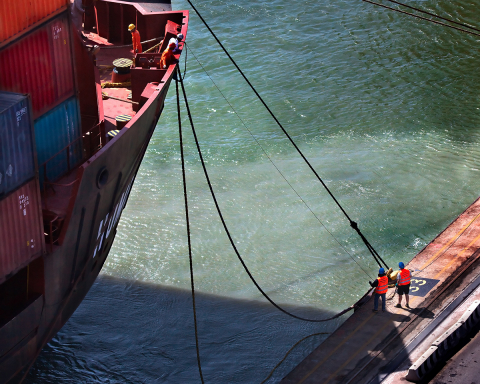Reduce Co2 emissions by 86% by 2030, thanks to digitalization reduce the average goods port storage time; redefine the strategic position of the port in Europe.
The port of Oslo’s own road map has already been drawn up for some time now. The Norwegian capital, which will host the annual edition of the European Ports Conference on 28th May, has, for years, been at the top of the list of the top 15 maritime capitals drawn up annually by Menon Economics, and you can bet it will take full advantage of the international showcase of Espo 2020to relaunch itself internationally.
“We are honored to be able to host the next European ports conference. It is the first time, moreover, that such an event is hosted in Norway,” says the Oslo Port CEO, Ingvar M. Mathisen, who adds: “For our port the Espo Conference will be an important opportunity to raise awareness of the public opinon on the value of our area.”
The beautiful and uncontaminated Norway, so close, yet at the same time so far from Europe, is a green, technological country that, although not part of the EU, has opened its borders to the free movement of goods, people and capital, being an active member of both the European Free Trade Area (Efta) and the European Economic Area (Eea): “We are a small nation – says Mathisen -, the population lives mainly near the coastline and depends largely on the maritime economy. With Europe we share a common objective, which is to ensure an adequate modernization of infrastructure and logistics, so as to guarantee fast, efficient and economic transportation between countries. However, we would like to see a greater commitment from the EU for the development of our coastal areas.”
And, speaking of development. For the Norwegian port’s leading figure, it is clear that whatever maritime policy Brussels intends to adopt, it must respect the principle of environmental sustainability: “We have no doubts. In order to ensure a future for our land, we must drastically reduce global warming. That is why the city of Oslo has planned to implement a plan to reduce CO2 emissions by 36% by 2020 and 95% by 2030. This is an important commitment, with targets far more ambitious than those set at national level.”
The Norwegian State has, in fact, set itself the objective of aiming for a 40% reduction in greenhouse gas emissions by 2030. The port also wants to do its part: “In 11 years we would like to have reduced emissions by 86%.”
Mathisen is convinced that this is an achievable goal. The port of Olso seems to have taken up the appeal of environmentalists, focusing mainly on electric mobility. The Scandinavian capital, which, in 2018, set the world record for electric cars in circulation, believes very much in e-shipping and has started a plan to build a fleet of battery-powered ships: “Two years ago, Oslo City Council decided to electrify the three ferries that today serve as a shuttle between the center of the capital and the nearby peninsula of Nesodden.”
The great thing about these ferries is that they are already considered environmentally friendly today. They entered service in 2016 and are all equipped with Liquefied Natural Gas engines: “With us, LNG is already a thing of the past. The first of these three ships is already in the pipeline: its Liquefied Natural Gas engines will be removed and replaced with electric ones. Each of these ferries will have a 1018 KW/h battery pack that can be recharged in just 8 minutes every time they berth in Oslo.”
Digitization is also part of the green revolution: “We have recently set a digital agenda: we want to fully modernize and digitize port operations and adopt new technologies.”
The Norwegian port of call is now the leader of an important national project called “Digital interaction between port, vessel, agent and shipping company” which has, as its ultimate goal, optimizing the multimodal handling of goods and increasing the port’s competitiveness: “We want to reduce between 50% and 80% the time that ports, ships, shipping companies and shipping agents use in their interactions. Our mantra is one: digitize everything that can be digitized.”




